In many ways, generative design turns ideas about how the process of design occurs on their head. This is because, rather than starting with a design concept and discovering the parameters during the design process, it starts with design and manufacturing parameters and creates the optimal design to meet them.
In this way, it is felt that generative design can optimise the part’s functionality and fitness for purpose from the outset. This, it is argued, also means that fewer man-hours have to be devoted to the creation of concepts that then prove (after large amounts of costly work) inadequate to the task.
One of the chief advocates of generative design in the engineering sphere has been Autodesk, whose Fusion 360 features the capability prominently. When first introduced as an idea, this produced an array of weird and wonderful geometries that caught the eye and the imagination. This was because generative design does not approach things in a linear manner but seeks to produce the optimised geometry to achieve the given ends.
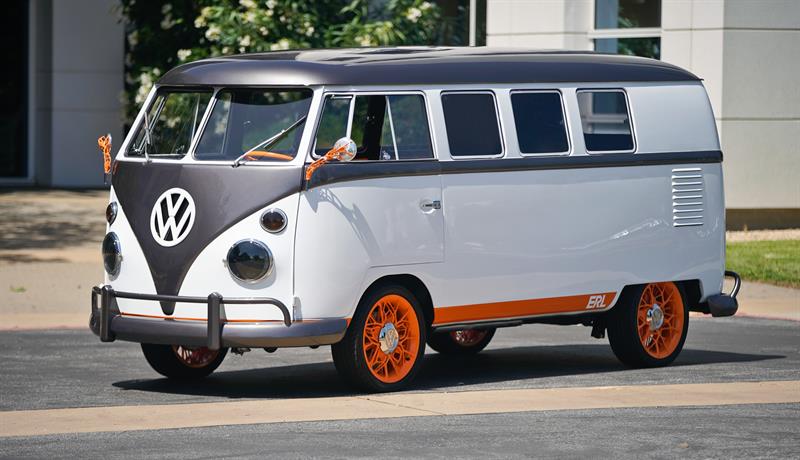
According to Harv Saund, technical sales specialist with Autodesk: “Generative design is design exploration. Instead of knowing what we’re going to design and exactly how we’re going to design it, we look at the problem in more detail. This allows you to simultaneously get multiple, manufacturing strength-ready outputs. Generative design allows you to explore a whole host of different outcomes that you then need to cut down.”
Saund sees one of the key advantages of the process as being the number of engineer hours it saves. “Designing things at the moment, you have to go through the process of some sort of concept to base it on,” he says. “Two or three engineers will spend five or six weeks and emerge with maybe five ideas. At some stage in that process they have to produce that idea. Generative design turns this on its head. During the initial concept phase, a single engineer could set the whole thing up. He could put in the materials he wanted to use, the methods required and the parameters in terms of what he wanted the product to achieve. This means getting to the end result so much faster.”
By turning the process on its head, Saund argues, it is possible to explore the full gamut of functional designs before adjusting for more mundane considerations such as cost. He says: “With conventional design, what we usually end up with because of cost and deadline pressures is something that works and doesn’t cost too much to produce. What generative design will give you is something people would never have come up with themselves. Sometimes the end result can look unusual, but it works within the given constraints and it’s potentially even stronger than a more conventional product. So, you can have a manufacturable, stronger component and you can get there using far fewer engineers and in much less time.”
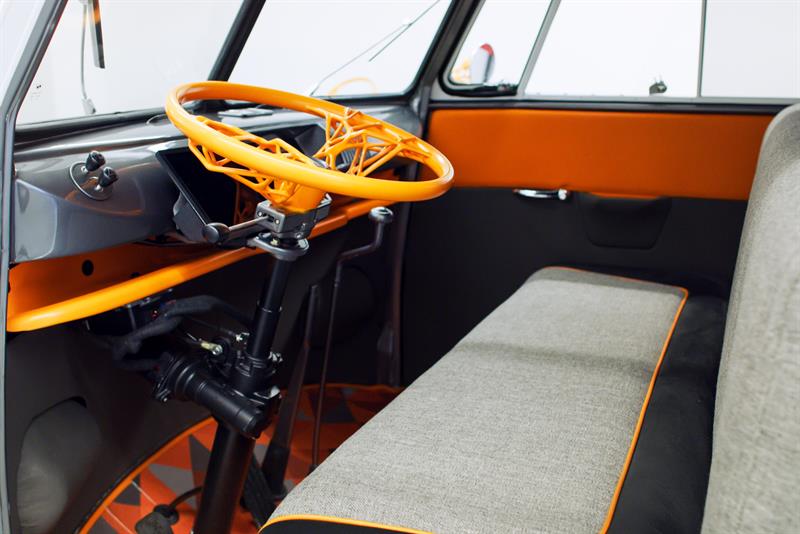
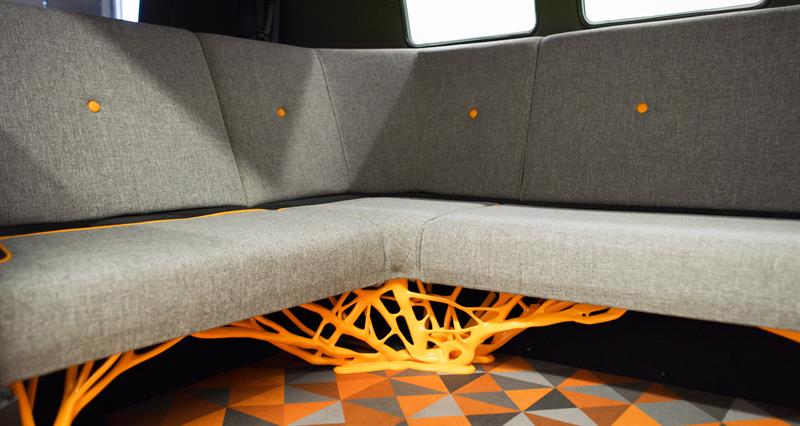
This sort of generative design process was once theoretical, but now – in no small part thanks to Autodesk’s Fusion 360 – is very much a real-world solution. Recently, in fact, to celebrate the 20-year anniversary of its largest vehicle research facility outside of Germany, Volkswagen Group unveiled a vintage VW Bus retrofitted with some of the leading-edge technologies they feel will be significant for the future of the industry.
One of the critical aspects of designing electric vehicles is finding weight savings wherever possible because the less an automobile weighs, the less energy required to propel it down the road. And more efficient energy consumption equates to greater range per charge, one of the most important considerations for consumers when evaluating electric vehicles.
One of the key benefits of generative design in Fusion 360 is the ability to make lighter-weight parts, minimising mass and material use while maintaining high performance standards and respecting engineering constraints.
The IECC team applied generative design to the wheels of its 1962 Type 2 11-window Microbus, completely rethinking the structure because lighter wheels not only reduce the overall weight of the car, they also lessen rolling resistance on the tires. The new wheels are 18% lighter than a standard set, and the overall development time from design to manufacture was cut from 1.5 years down to a matter of months.
“With generative design it’s possible to create structures that we, as human designers and engineers, could never have created otherwise,” said Andrew Morandi, senior product designer, Volkswagen Group. “One of the biggest surprises for me was seeing just how much material you could remove from a conventional wheel structure. When the final rims arrived here on site, it was kind of like Christmas morning. The whole team was excited to open the box and see how these really work.”
Generative design was also used on the Microbus project to re-imagine the steering wheel, as well as the support structure for the rear bench seating and the external side mirror mounts.
“A steering wheel is not a particularly heavy component but it’s the primary touchpoint for the driver. People aren’t really accustomed to touching mounts or supports,” said Erik Glaser, principal product designer, Volkswagen Group. “We wanted to put a generatively designed object in a place where people will touch it because not only is it intricate and beautiful, but it can also give a sense of just how strong these parts can be.”
Last spring, General Motors used generative design in a proof-of-concept project to develop a lightweight seat bracket prototype for electric cars of the future. The technology is also proving its value for the future of space travel. In November, NASA’s Jet Propulsion Laboratory unveiled a generatively designed interplanetary lander prototype that could conceivably carry payloads more than 350 million miles from Earth.
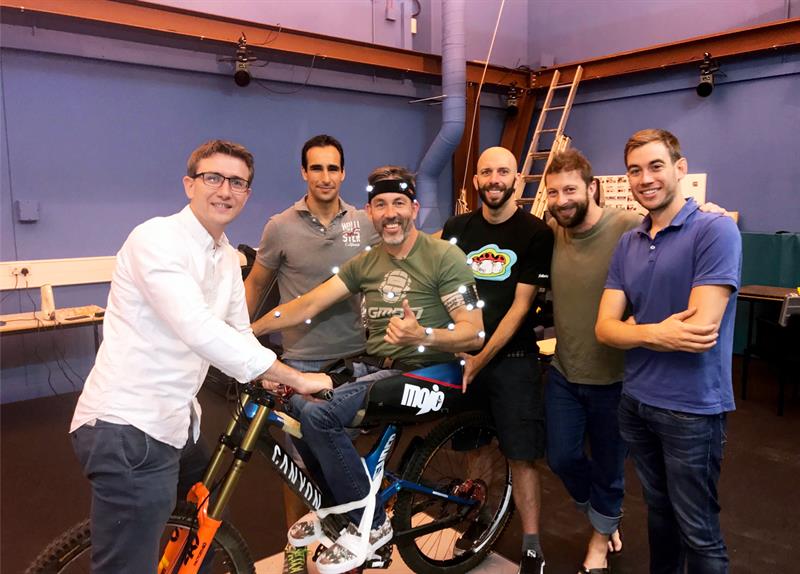
Another striking recent example of the technology has come in the part generative design has played in designing a seat for Martyn Ashton, a world champion mountain bike trials rider. Ashton suffered an accident in 2003 which meant he needed to adapt his mountain bike to ride again. Teaming up with the team at Fabric.cc, a world-leading cycling accessory company, they were able to create a seat that Ashton was comfortable in and fixed to his bike in the position he needed. Fabric.cc utilised generative design in this process to make sure the brackets were strong enough and light enough to suit the bike seat.
Saund (who worked on the project) takes up the story: “Martyn Ashton is a world champion mountain biker. His ambition was always to ride mountain bikes to the most extreme level he could. He rode some of the most complex circuits in the world for 14 years. He was at the top of his game. Sadly, that comes with risks. In 2013 he was doing some stunt riding for the X-Games and he ended up falling about 25 feet and broke his back. While sitting in the MRI, his first thought was ‘If I’m paralysed from the waist down, how can I be the best paraplegic I can be?’
This question led him to try a number of sporting avenues, including competitive skiing. However, it wasn’t long before he returned to his first love: mountain biking. As Saund puts it: “He had an epiphany: My love is cycling, and I want to get back on a bike.”
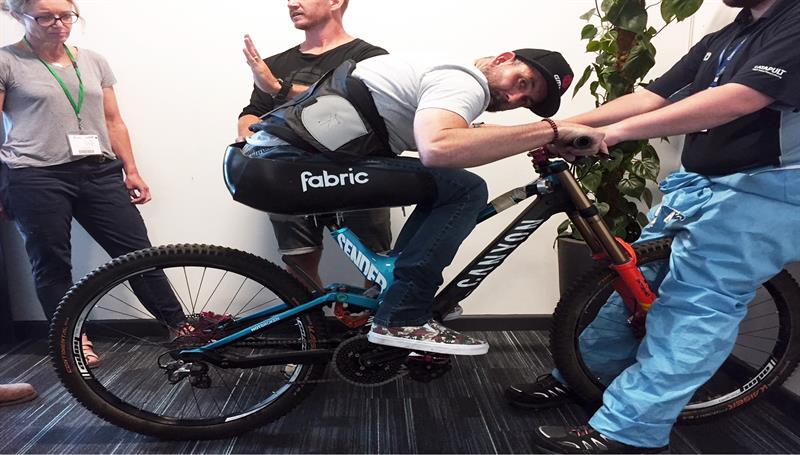
This was the point at which Ashton put together a team of people and teamed up with Fabric.cc. Fabric.cc is a world leader in biking accessories such as seats, handle grips and lights and has been leading the charge in the cycle accessory industry for years. Previously a SolidWorks customer, Fabric.cc had moved over to Fusion and this gave the team the opportunity with Martyn to look at ways of getting him back on a bike.
The most significant issue was with the seat. Ashton needed something much more comfortable to ride and which hugged him to keep him in the seat. The initial approach to the problem involved six engineers working for 15 weeks to adapt the existing seat. However, this was still not quite right. This was when the team then engaged Bath University and went down the digital design route. The point of that process was to scan Ashton to discover his body shape and structure and thus what kind of movement and mobility he had on the bike. The results of this process were key to everything else in the process.
This was achieved by putting sensors all over Ashton to see how he sat on the bike, where the loading would be and how those movements would change when he was in an upright position or when he was crouched down.
This gave them the ability to start to look at loading around that bike; where the biggest loads would be and how they would be affected later on. From there they were able to come up with the first concept in which he was sitting comfortably and correctly. They printed the seat and created a carbon fibre mould for the outside. But there was still an issue, which was ‘How do they map this bracket?’
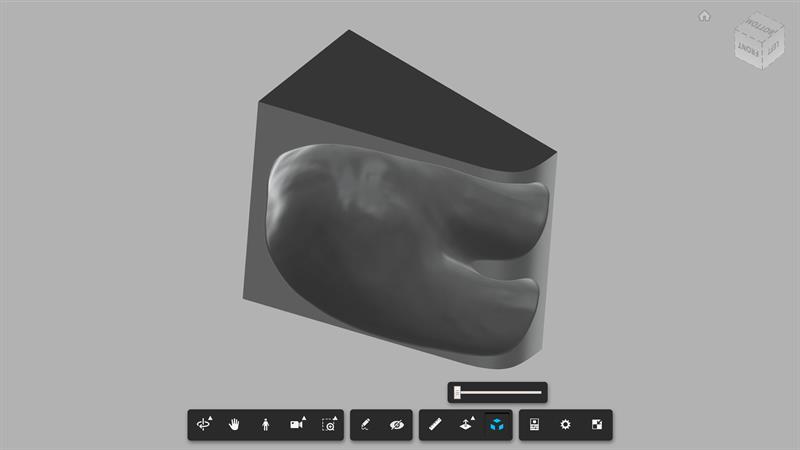
Because they already had the information from the Bath University scan and all the information that was needed to put into a generative design, generative design was the obvious solution. So, for this process, a quick, ‘fag-packet’ sketch was taken. This involved one of Fabric’s engineers looking at the bike and defining all the degrees the seatpost was at, where the fixing points, etc were and then starting to CAD this up and putting it into generative design.
The first approach was just to create a mock-up of that original design using Fusion. It was possible to use that 3D CAD model to then start to look at applying those loading conditions in Fusion. The first thing they ended up doing was taking all that CAD geometry, defining what they term ‘negative space’ where they didn’t want material and then defining positive space where connection points would be. They then went through the process of entering the loading information gathered with Bath University.
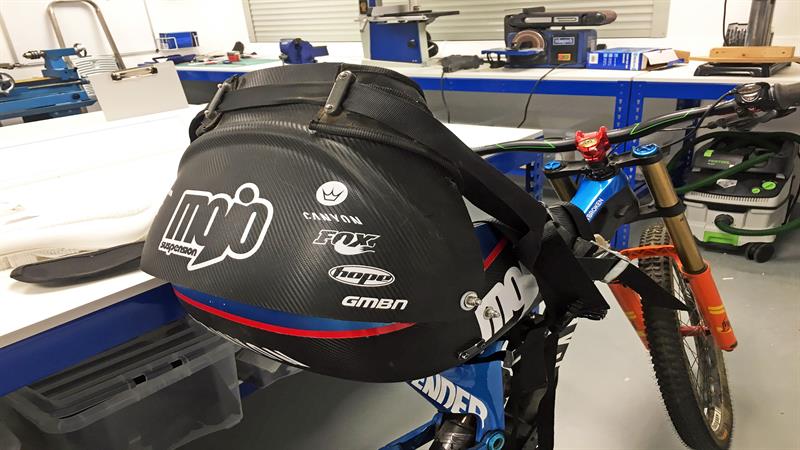
This information includes Ashton’s weight, transfer loads during any given scenario – so if he moves on the bike accidentally, you can see how that will transfer to the bike. And, in the end, the loading conditions for this design involved about 70-80 different loads around that bike in order to design the bracket that would hold Martyn in place. We set the objectives in terms of lightness and then we went down the route of looking at how it would be manufactured. The whole process meant the bracket would either be additively manufactured or milled.
Taking the original ‘organic’ model, the team started to apply detailed CAM tooling within Fusion. Staying within Fusion, they 3D printed the bracket purely for testing and, when Ashton used it, he said ‘Can I just use this?’ In other words, it worked.
Says Saund: “We took a completely digital workload to create something that put him back on that bike. He can also take that seat and use it on any of his bikes. That process took a single engineer three days to achieve. Modelling the seat in CAD, all the obstacle geometries, setting the generative analysis up, running free analysis, exporting, toolpaths, machining/printing.
“The end product was something approximately 60% stronger than the original. Whereas traditionally, we’d use an angle bracket here, put a little bit more in here and a little bit more in here. So, what it gave us was something unique.”





